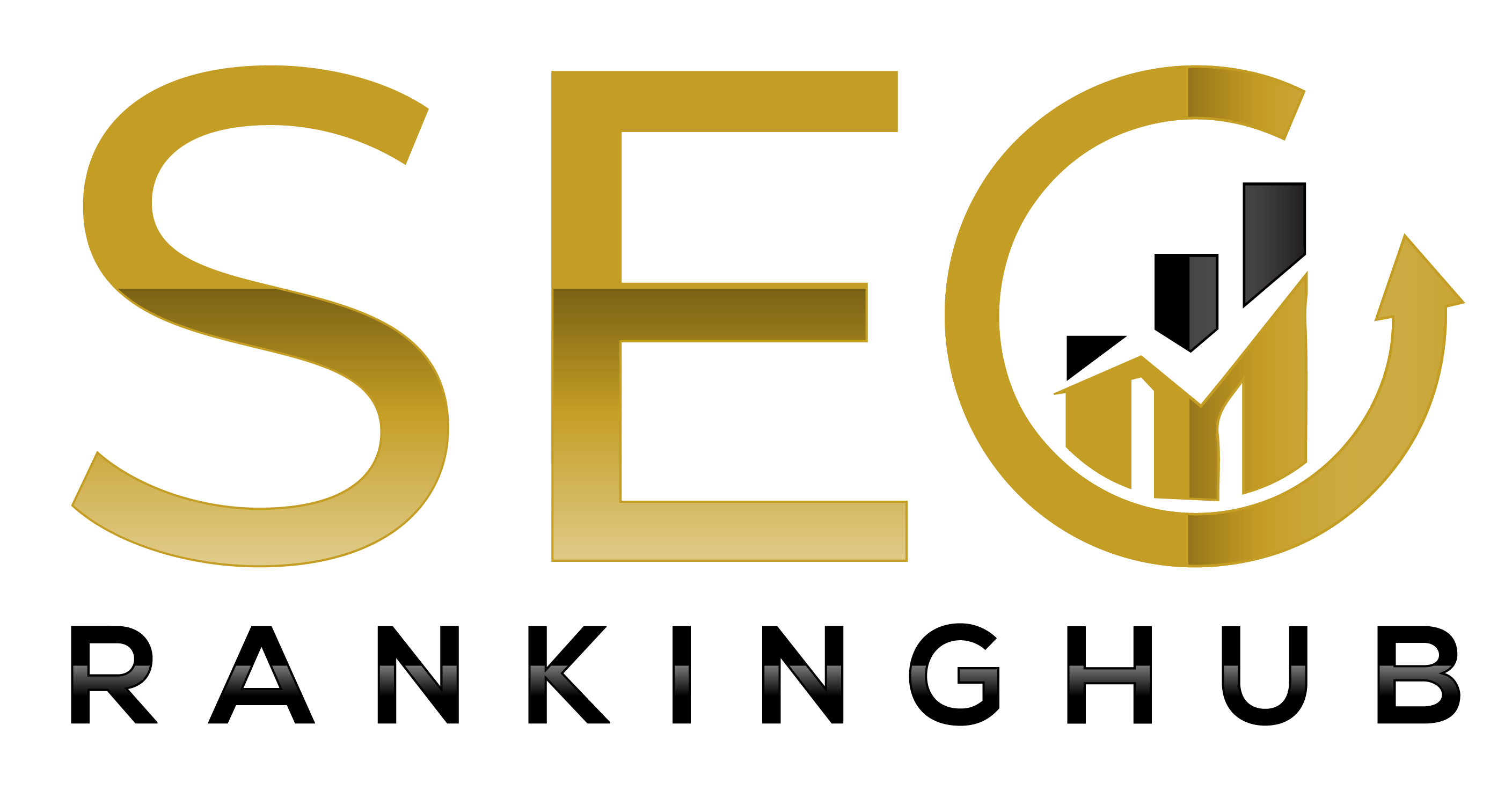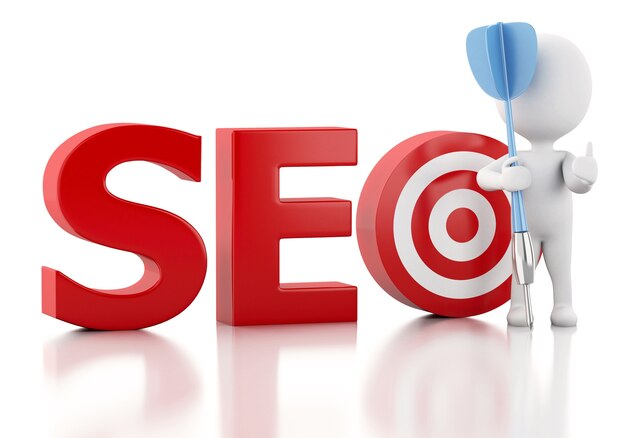
The Importance of Header Tags (H1, H2, H3) in On-Page SEO
Header Tags and Their Importance in SEO
Header Tags (H1, H2, H3, etc.) plays an important role in SEO on site by structuring the content for both users and search engines. They improve readability, keywords relevance and help the search engine understand the hierarchy of your content. In this guide we will find out why the top tag means something, how to use them effectively and use common mistakes to escape.
1. Why is top tags important to SEO?
Header tags perform two primary features in SEO: To increase the user experience and improve search ranking. Why are the needed here:
✅ Improve readability and user experience: It is easy to scan and navigate in well -structured materials.
✅ Help in search engines understand the content structure: Google prioritizes the material with clear titles.
✅ Increase the key order: The right place for keywords in the heading increases SEO.
✅ Special Snipyt Opportunities: Google often draws material from the heading for a specially shown snip.
2. Understand header: H1 to H6
Each heading has a specific role in organizing the content of the tag:
H1 (main title) – represents the main theme of the page; Must be unique and include primary keywords.
H2 (sub -heading) – breaks the material into larger classes; Supports H1 with related keywords.
H3 (subdivision) – Additional H2 processes the squares; Readability and keywords increase adaptation.
H4 -H6 (lower level titles) use for diluted subtopics and extra breakdown (optional).
Example of appropriate use of the top tag:
<h1> on page SEO: The Ultimate Guide </h1>
<h2> 1. Understanding the SEO </h2>
<h3> 1.1 Keyword adaptation Meaning </h3>
<h3> 1.2 Roll of internal connection </h3>
<h2> 2. How to customize the title code </h2>
<h3> 2.1 Writing compelling title code </h3>
<h3> 2.2 to avoid general errors </h3>
3. Best practice to use the top tag in SEO
Use only one H1 code per page per page
H1 must be the main title and clearly describe the subject on the page.
🚫 Bad: More H1 codes on the same page.
✅ Good: A single, descriptive H1 tag that includes primary keywords.
Logical composition material with 2 H 2 and H3 tags
Arrange the material in a way that improves readability and maintains hierarchy.
🚫 Bad: Random or missing sub -heading.
✅ Good: H2 for main classes, H3 for subdivisions.
Include keywords naturally in the heading
The search engine gives more emphasis on the keywords in the heading, but avoid filling.
🚫 Bad: “Best on page SEO, SEO guide on the page, Learn SEO on the page!”
✅ Good: “On-Page SEO Final Guide for Best Practices”
Keep titles short and attractive
The titles should be informative, yet short (5-12 words).
🚫 Bad: “Here you need to know about SEO on the page, why it is important and how can you use it”
✅ Good: “On-Page SEO: Best Practice and Adaptation Tips”
Use the top tag for special snacks
Google often shows excerpts from well-structured titles.
<h2> How to improve the site's speed for SEO </h2>
<h3> 1. Customize photos </h3>
<h3> 2. CSS & JAVASCRIPT </h3> Minify
<h3> 3. Enable browser buoys </h3>
4. General errors to avoid with the top tag
🚫 Use too much H1 tag: Stick to an H1 per page.
🚫 Skip top level: Skip from H2 to H4 without H3 in the middle.
🚫 Make the headline too long: Keep them short and point.
🚫 Do not use keywords: Include natural relevant keywords.
🚫 Use the heading for style instead of structure: Use the heading of hierarchy, not just for bold text.
5. Last Idea: Header Tag Master for SEO
Header tags play an important role in SEO on the site, which improves both user experience and ranking of search engines. By using them properly, you can create a well-structured, keyword-oriented material that ranks higher in the search results.
🚀 Do you use the top tag on your site correctly? Tell us in the comments!










